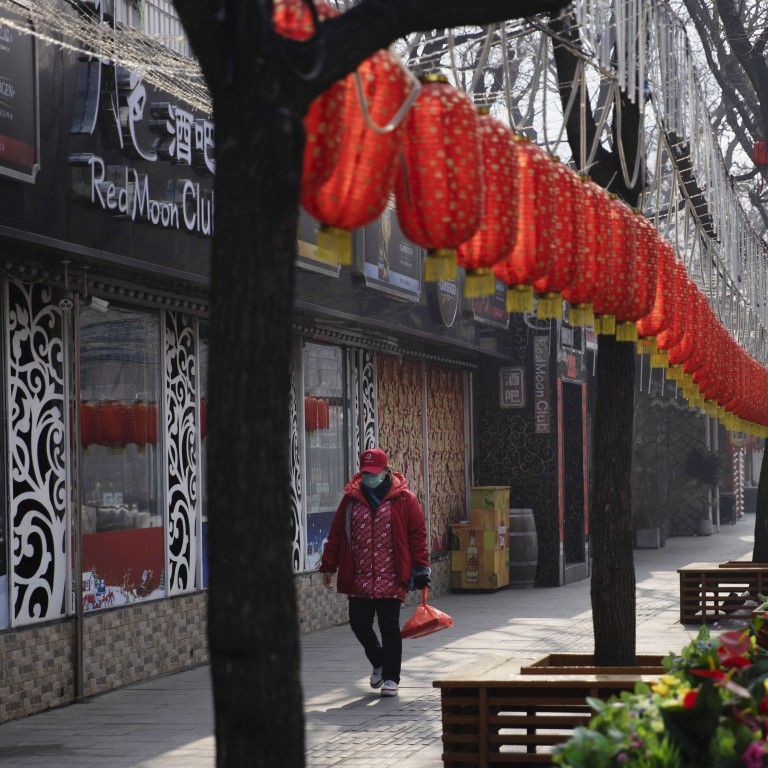
China could face decade-high bad loan ratio as coronavirus slams small businesses, DBS says
- Overall bad loan ratio may reach 2 per cent this year as coronavirus businesses in sectors hardest hit by coronavirus outbreak
- Postal Savings Bank has the highest loan exposure to central China where the viral outbreak originated, DBS says
China’s banking system could be saddled with the highest non-performing loan ratio in more than a decade after authorities loosened the repayment rules for small businesses hardest hit by the coronavirus outbreak, according to DBS Group.
The NPL ratio is likely to head toward the 2 per cent this year, a level not seen since the first quarter of 2009, according to Cindy Wang, associate research director at Singapore’s biggest banking group. The proportion of soured loans has risen in the past two years to 1.86 per cent in 2019, based on official data.
The People’s Bank of China this week asked its lenders to offer the nation’s small and medium-sized businesses and micro enterprises a grace period on their debt repayment obligations to counter the coronavirus impact. The relief, for both the principal and interest, is for up to June 30.
“We expect an increase in special-mention loans during the first half,” said Wang, who is based in Hong Kong. “For the second half, banks’ NPL will pick up, with smaller city and rural commercial banks being the worst hit compared to other state-owned commercial banks.”
Special-mention loans are borrowings deemed at risk of turning sour. Chinese lenders generally classify loans as bad after they are 60 days past due. Wang expects the overall NPL ratio to reach 2 per cent by year-end.
Coronavirus: China manufacturing collapse confirmed as private sector factory survey hits record low
The PBOC announcement on Monday follows the biggest public health crisis in decades caused by the viral outbreak that started in Wuhan in the central Hubei province. The government has locked down many cities while companies shut down production facilities to help contain the virus.
Such containment measures have come at a huge cost to the world’s second largest economy as disruption to supply chains brought economic activity to near a standstill. China’s manufacturing collapsed in February, according to the Caixin/Markit Purchasing Managers’s Index.
Despite postponing their repayment schedule, many companies may still face a hard time servicing their loans in the second half, DBS’s Wang said, especially among those involved in wholesale and retail, transport and logistics, and catering sectors. These are among the hardest hit areas of the economy, she said.
S&P Global Ratings said in a report last month that the banking system’s soured loans could rise to 7.8 trillion yuan (US$1.1 trillion), representing 6 per cent of the banking sector’s total loans.
The NPL ratio at the smaller city and rural commercial banks stood at 2.32 per cent and 3.9 per cent respectively at the end of 2019, according to the China Banking and Insurance Regulatory Commission. The average was 1.38 per cent for the Big Four, namely Bank of China, Industrial and Commercial Bank of China, China Construction Bank and Agricultural Bank of China.
The Postal Savings Bank had the highest exposure in central China, where the viral outbreak originated, at 25 per cent of its loan book in 2019, Wang said. China Construction Bank had 18 per cent and China Everbright Bank 16 per cent.

